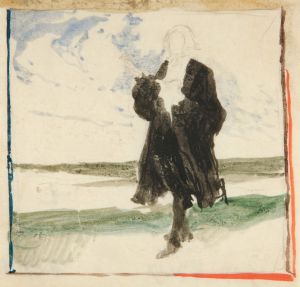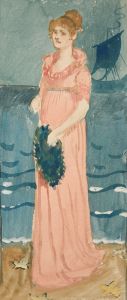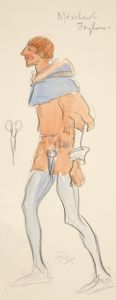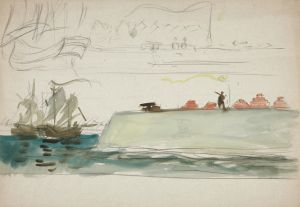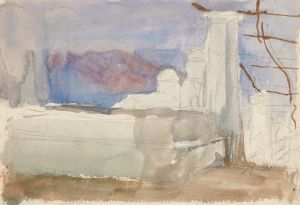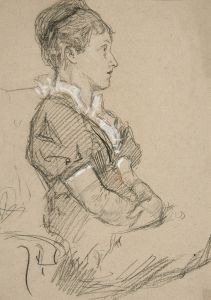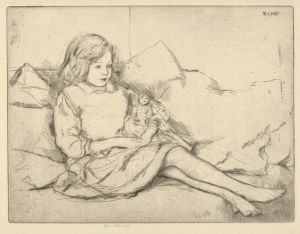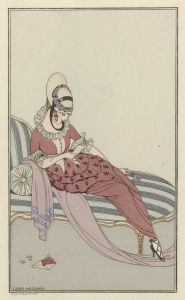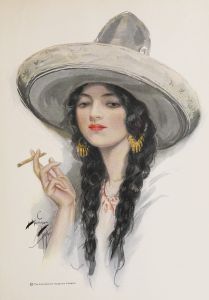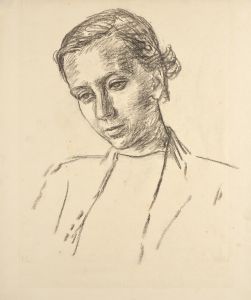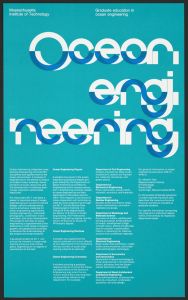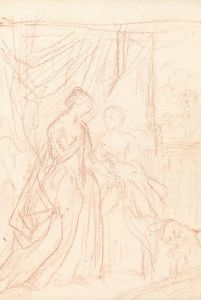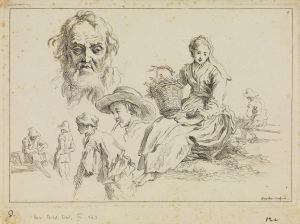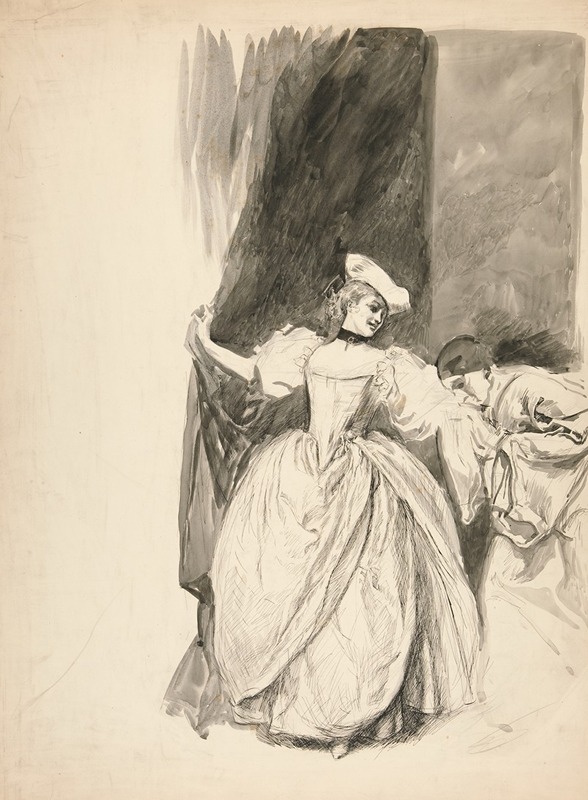
Figure study
A hand-painted replica of Edwin Austin Abbey’s masterpiece Figure study, meticulously crafted by professional artists to capture the true essence of the original. Each piece is created with museum-quality canvas and rare mineral pigments, carefully painted by experienced artists with delicate brushstrokes and rich, layered colors to perfectly recreate the texture of the original artwork. Unlike machine-printed reproductions, this hand-painted version brings the painting to life, infused with the artist’s emotions and skill in every stroke. Whether for personal collection or home decoration, it instantly elevates the artistic atmosphere of any space.
Edwin Austin Abbey was an American artist known for his illustrations and paintings, particularly those depicting Shakespearean and Victorian subjects. Born in 1852 in Philadelphia, Abbey began his career as an illustrator for magazines such as Harper's Weekly. He later moved to England, where he spent much of his life and career, becoming a prominent figure in the art world of the late 19th and early 20th centuries.
"Figure Study" by Edwin Austin Abbey is one of his works that showcases his skill in capturing the human form. Abbey was known for his meticulous attention to detail and his ability to convey emotion and narrative through his art. While specific details about "Figure Study" are limited, it is likely that this work, like many of Abbey's other studies, was part of his process in preparing for larger, more complex compositions. Artists often create figure studies to explore poses, anatomy, and the play of light and shadow on the human body.
Abbey's figure studies would have been instrumental in his preparation for his larger works, such as his murals and historical paintings. His most famous mural work is the series of paintings in the Boston Public Library, depicting scenes from the legend of the Holy Grail. These works required extensive planning and numerous preparatory sketches and studies, including figure studies, to achieve the level of detail and narrative complexity for which Abbey was renowned.
In addition to his murals, Abbey was also celebrated for his illustrations of Shakespearean plays. His ability to capture the essence of characters and scenes in his illustrations was highly regarded, and his figure studies would have played a crucial role in developing these illustrations. Abbey's work was characterized by a strong sense of composition, a keen eye for detail, and a deep understanding of the historical and literary contexts of his subjects.
Abbey's contributions to art were recognized during his lifetime, and he was elected to the Royal Academy in London in 1898. His work continues to be appreciated for its technical skill and its ability to convey complex narratives and emotions. Abbey's figure studies, though perhaps not as widely known as his finished works, are an essential part of his artistic process and offer insight into his methods and creative approach.
Overall, Edwin Austin Abbey's "Figure Study" exemplifies the artist's dedication to understanding and depicting the human form, a foundational element of his broader body of work. Through such studies, Abbey honed his skills and prepared for the creation of his more elaborate compositions, leaving a lasting impact on the world of art through his meticulous and narrative-driven approach.





